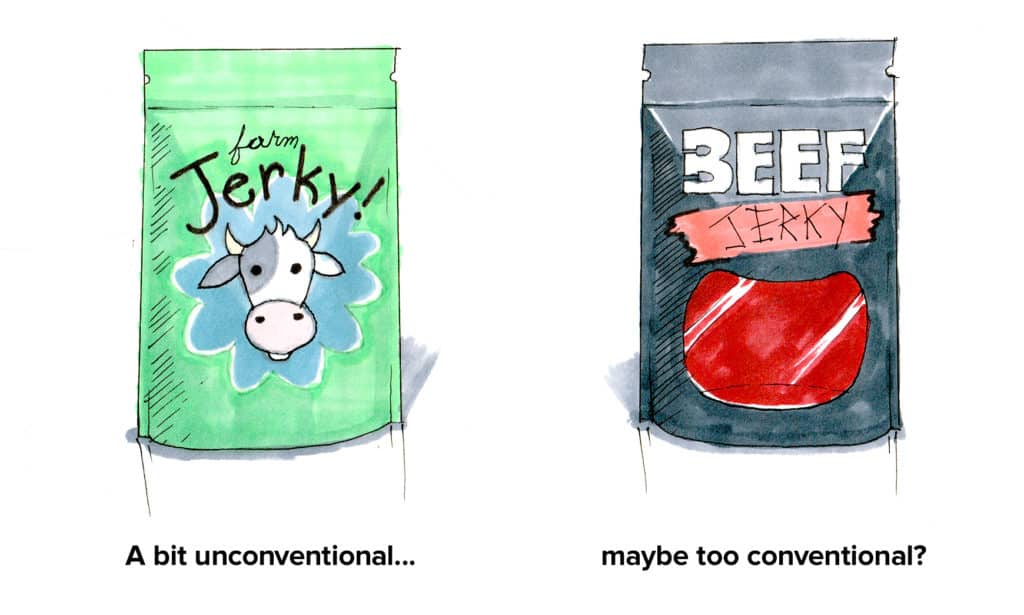Blog
Packaging design for specialty foods – key considerations.
Packaging design for specialty foods: 4 minutes read
Arriving at the perfect packaging design for specialty foods is vital to the success of your new business venture – this is key! Once you have determined which is the best flexible packaging bag for your specific food product, here are some helpful tips for moving forward with your design:
Do your research.
The absolute first and unavoidable step is: do your research. This research will take time and effort, but will ultimately support your success. Research your target audience. Also, research your competitors. Learn about labeling regulations. Brush up your knowledge of retail merchandising, and shelving spaces, especially at the locations you intend to sell your product. Goes without saying that this is vital.
Find the balance.
Next, find the balance between seeming opposites. Consider both shelf appeal and shelf function when designing. Every design aims to stand-out, but to discard all resemblance could make your product difficult to recognize. If your product is beef jerky, perhaps a baby blue and green color palette with clouds and flower figures might not communicate your offering clearly to someone looking for a flavorful strip of jerky. Still, it definitely would stand out amongst your competitors. Our advice is to avoid needlessly risky moves and instead aim for balance. There is wisdom in uniformity, to an extent. Again, it is about finding the sweet spot between uniqueness and convention.

The less is more approach.
Give plenty of thought to what attracts customers to your particular food product and list your most marketable qualities. Is your product organic, GMO-free, sugar-free, gluten-free, 100% plant-based, a good source of protein, has probiotics, is fermented? While it is indisputably beneficial to include valid health claims, it is also prudent to avoid excessive claims. Keep in mind that consumers, particularly Specialty Food consumers, tend to be a well-researched group. On that note, we recommend avoiding pseudo claims like “all-natural” (not many people put much trust in ‘all-natural” these days). Stick to what is most relevant to your specific audience, what truly sets your brand apart. Take the ‘less is more’ approach and don’t compromise your design.
Protect your investment.
It is crucial, as we mentioned before, to do your research! Spend time reviewing the FDA food labeling guidelines for your specific food product or food category. The FDA takes its job seriously, and thus your packaging needs to adhere to all set regulations. Our PBFY product adheres to FDA regulations for flexible packaging materials. Still, it is in your hands to ensure that your design follows the guidelines for the proper statement of identity and all other labeling requirements.
Trust your designer.
Once you’ve placed your trust on a designer, do give them your confidence – assuming you took due diligence in finding a qualified designer to entrust with your precious project. Of course, you are the expert on your product, and you have to love the final design, but your designer or design team is on your side! Trust their expertise, listen to their suggestions, and be open to some compromise when possible.
Alright, folks, that’s all we’ve got for now!
Best luck on your first, or your next, food design packaging project! And remember, our team has years of experience turning design concepts into reality – we are here to help make it happen! Feel free to Contact Us with any questions you might have!





